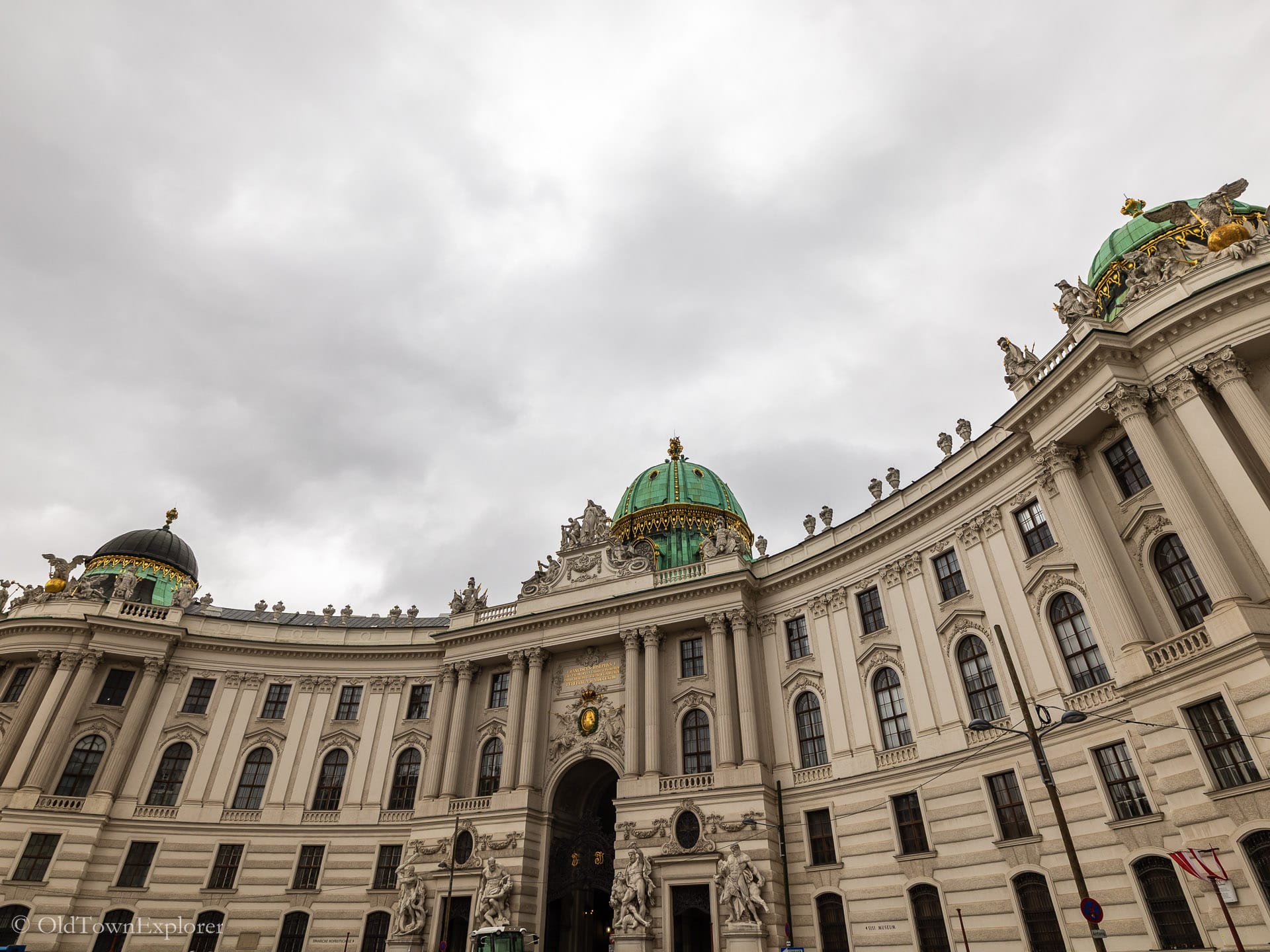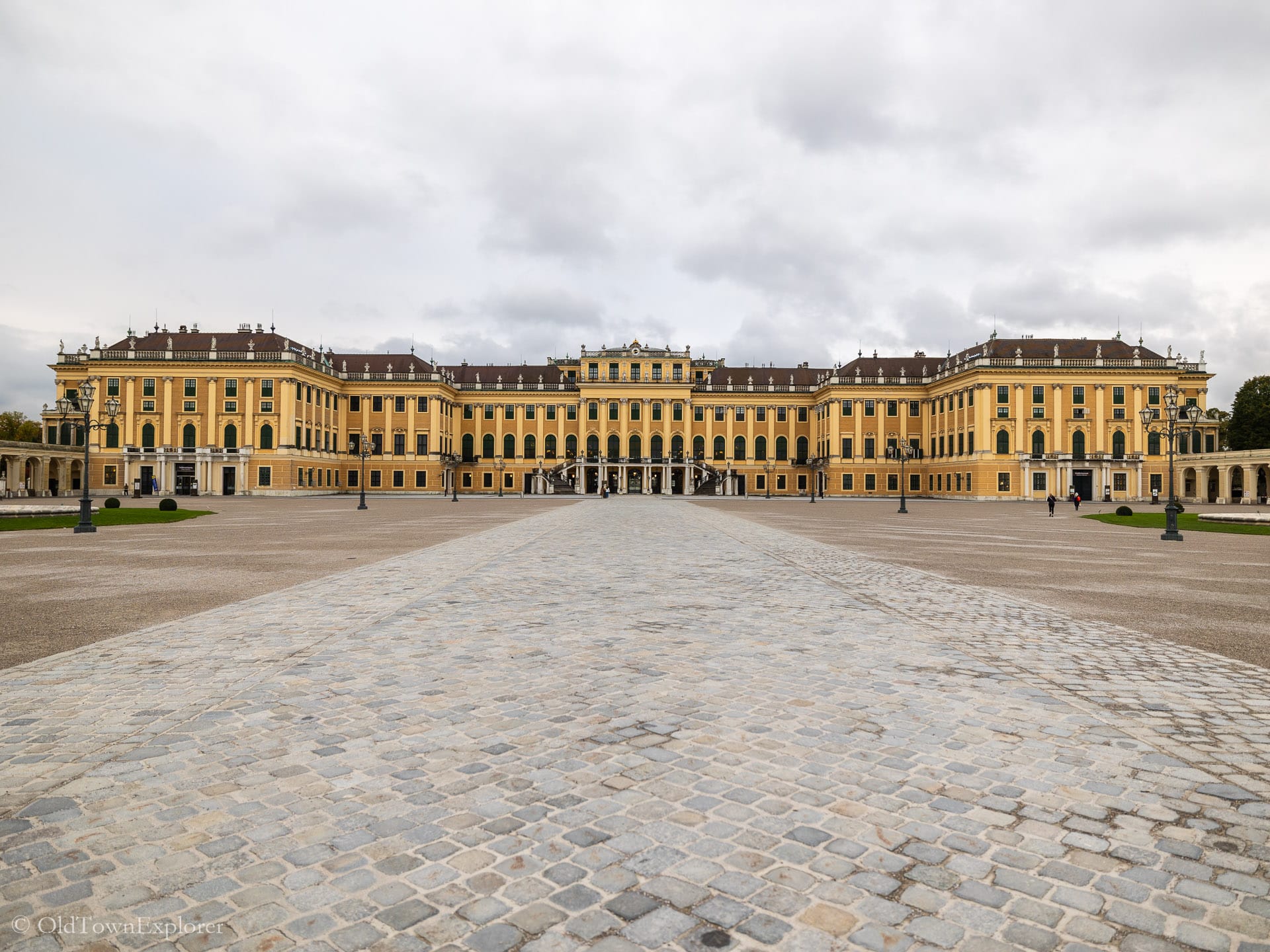Vienna
Food | Wine | ArchitectureExplore Vienna: Food, Wine & Architecture
Vienna, Austria combines centuries of imperial tradition with a vibrant culinary and wine culture. From classic dishes and urban vineyards to monumental palaces and Jugendstil design, the city offers something for anyone interested in food, wine, and architecture.
We spent the month of October in Vienna, exploring each district on foot, visiting historic landmarks, and trying dozens of local restaurants and wine bars.
In this guide, you’ll find an overview of Vienna’s food, wine, and architecture scenes, along with practical tips to help you plan your visit.
This website contains affiliate links that may earn us a small commission at no additional cost to you.
Vienna Food
Traditional Viennese cuisine emphasizes hearty, carefully prepared dishes rooted in Central European and imperial traditions. Signature meals like Wiener Schnitzel, Tafelspitz, and Apfelstrudel use simple ingredients and time-tested techniques.
Vienna’s dining scene includes everything from small Beisln (bistros) and food markets to upscale restaurants. The Naschmarkt remains one of the city’s most visited food destinations, offering a mix of local products, international options, and street food.

Vienna Wine
Vienna is one of the few capital cities with working vineyards inside its limits. Local wine is part of daily life here, especially in the form of Wiener Gemischter Satz, a traditional white field blend grown in the hills surrounding the city.
Throughout Vienna, you’ll find Weinbars (wine bars) and Weinhandlungen (wine shops) that focus on small producers from the region. Just outside the city, Lower Austria’s nearby wine regions—Wachau, Kamptal, and Thermenregion—offer easy day trips with tastings and tours.

Vienna Architecture
Vienna’s architecture spans over eight centuries and includes Gothic, Baroque, Neoclassical, Jugendstil (Art Nouveau), and contemporary buildings. The variety reflects the city’s long-standing cultural and political significance in Europe.
Major landmarks include St. Stephen’s Cathedral, the Hofburg and Schönbrunn Palaces, and the monumental buildings along the Ringstrasse. Vienna’s public buildings and churches often feature decorative detail and urban symmetry that define the city’s streetscape.

Where Is Vienna Located?
Vienna is located in northeastern Austria along the Danube River, about 50 kilometers from the Slovakian border and the capital city of Bratislava. It serves as a central hub for rail, air, and river travel in Central Europe.
What Is The Best Time To Visit Vienna?
The best month to visit Vienna depends on what you’re looking for. Do you want the best weather, fewer crowds, or the best value? Following are our suggestions for each.
Weather
For walking and sightseeing, temperatures around 55°F with sunshine offer the most comfortable experience. The weather in Vienna during the winter can be cold and grey, particularly in January and February. Summer months bring longer days but also more tourists and higher prices.
Below is a chart showing the average high and low temperatures for each month so you can decide what is best for you.

Shoulder Season
The best balance of weather and crowd levels occurs in April–May and September–October. These months offer cool, comfortable conditions ideal for walking. We visited in October and found it easy to explore the city on foot.
Best Value
The best value for travel to Vienna is typically in March and November, when prices drop and crowds thin out. Weather during these months can be unpredictable, but it’s generally suitable for city walks with the right clothing.
Best Places to Stay in Vienna
Hotels in Vienna
Staying within or near Innere Stadt (Old Town) allows easy access to major attractions, public transit, and local restaurants. The central area around Stephansplatz is especially convenient for first-time visitors.
Use the interactive map below to filter hotel and apartment options based on price, amenities, and availability.
Other Things to Know About Vienna
Airport
Vienna Airport (VIE), officially known as Flughafen Wien-Schwechat, is the international airport serving Vienna. It is situated in Schwechat, about 18 kilometers southeast of central Vienna.
Train Station
The main train station in Vienna is Wien Hauptbahnhof, also called Wien Hbf and Vienna Central Station.
Time Zone
Vienna is in the Central European time zone (CET = GMT / UCT + 1). Daylight saving time applies from the last Sunday in March to the last Sunday in October (CEST).
Currency
Euro €
Language
German is the official language, but English is widely spoken in Vienna.
Visa
Citizens from the United States, United Kingdom, Canada, and Australia don’t need a visa to visit Austria if they stay 90 days or less. For more information on visa-free travel in Austria, check out our article on traveling visa-free.
Electricity
Austria’s electrical outlets are Type F. They have a 230V supply voltage and 50Hz. Travelers from the United States will need an adapter.
If you have many items to plug in, we recommend a travel power strip with multiple USBs and standard plug-ins. Using a power strip, you will only need one adapter to plug the strip into the wall.
SIM Card
Travelers will want a SIM card for Austria. You can get either a local SIM card or an eSIM card.
To get a local SIM card, you have to find a local cellular service provider, often stand in line for assistance, show your passport, and complete some paperwork. The SIM cards work great, but purchasing them is somewhat inconvenient. This option is best if you need more than 5GB of data.
We use eSIMs exclusively because they can be purchased through an app prior to arrival in a new country and activated when you hit a cell tower in the country. We use Airalo eSIMs. They work great, and I recommend them if you plan to use less than 5 GB of data during your stay or if you need internet immediately on arrival.
Car Rental
The fantastic train system in Austria makes rental cars unnecessary for most destinations. However, rental cars are needed to reach smaller towns and explore the countryside. In addition to the major car rental companies found in the United States, Sixt and Europcar are common throughout Europe. For a comparison of rental car offers from large, international brands and smaller regional brands, we recommend Discover Cars.
FAQs About Vienna
Here are five of the most frequently asked questions about Vienna, especially by first-time visitors:
What are the must-see attractions in Vienna?
Vienna is packed with history, art, and grand architecture. Don’t miss Schönbrunn Palace, the former summer residence of the Habsburgs, or St. Stephen’s Cathedral in the heart of the city. The Hofburg Palace, Belvedere Museum, and the Vienna State Opera are also must-visits.
What is traditional Viennese food?
Vienna’s cuisine is comforting and full of flavor. Be sure to try Wiener Schnitzel, Tafelspitz (boiled beef), and Apfelstrudel (apple strudel). For dessert, Sachertorte, a rich chocolate cake, is a local icon. You’ll find these dishes in traditional Beisln (taverns), as well as in upscale restaurants and casual eateries throughout the city.
Is Vienna an expensive city to visit?
Vienna can be more expensive than other cities in the region, but it remains accessible with budget planning. Local markets, public transportation, and self-catering apartments offer ways to save.
How do I get around Vienna?
Vienna is highly walkable, particularly in the central districts, and boasts an excellent public transportation system that includes subways (U-Bahn), trams, and buses. A Vienna City Card or multipass can help you save money if you plan to explore extensively. Bike rentals are quite popular as well, especially during the warmer months.
What’s the best time to visit Vienna?
Vienna is beautiful throughout the year, with each season offering something unique. Spring and fall, particularly October, feature mild weather and fewer tourists. Summer is vibrant with outdoor concerts and events, while winter is enchanting, showcasing Christmas markets, festive lights, and seasonal treats like Glühwein (mulled wine).
Vienna Blog Posts
20 Pros and Cons of Living in Vienna, Austria
Explore life in Vienna. Discover the pros and cons of living in Austria’s capital—cost, transport, culture, weather, and daily essentials.
Explore the Hofburg Palace
Discover Vienna’s Hofburg Palace, from Gothic origins to Baroque grandeur. Learn what to see, how to visit, and what to expect at this iconic imperial complex.
Explore Schönbrunn Palace
Discover Schönbrunn Palace in Vienna—Baroque architecture, imperial history, and landscaped gardens. Learn what to see and how to plan your visit to this UNESCO site.



